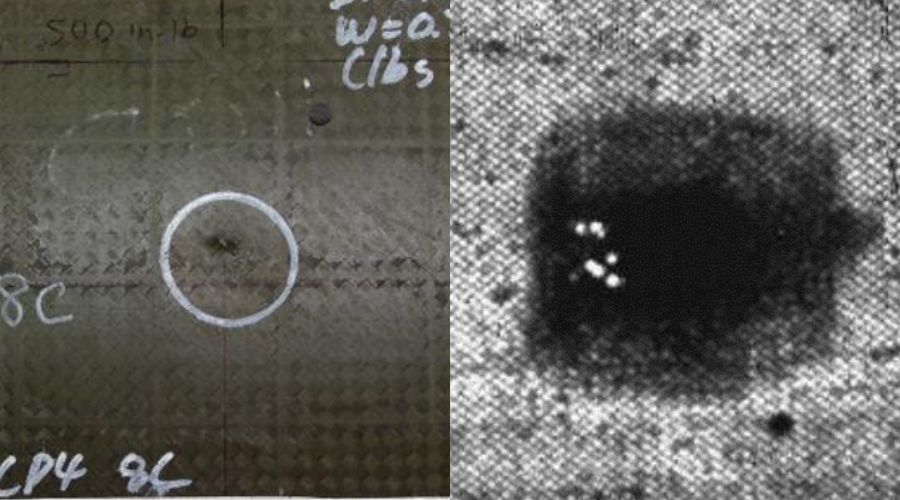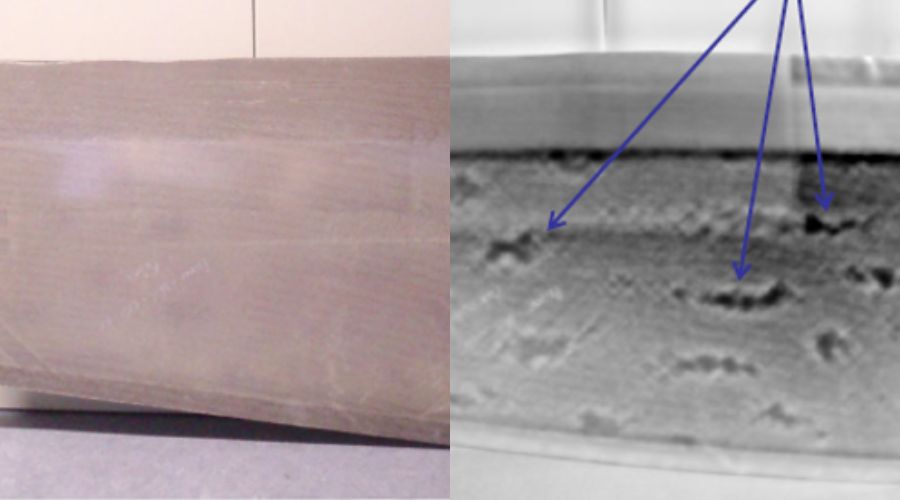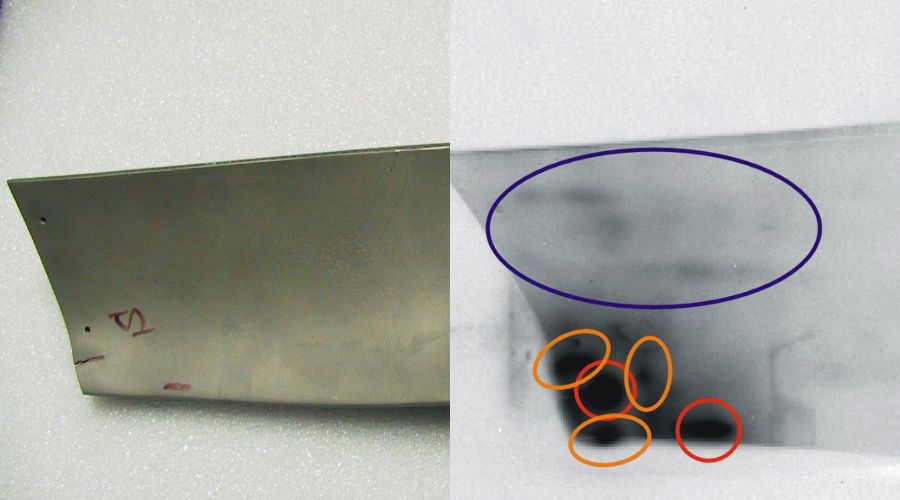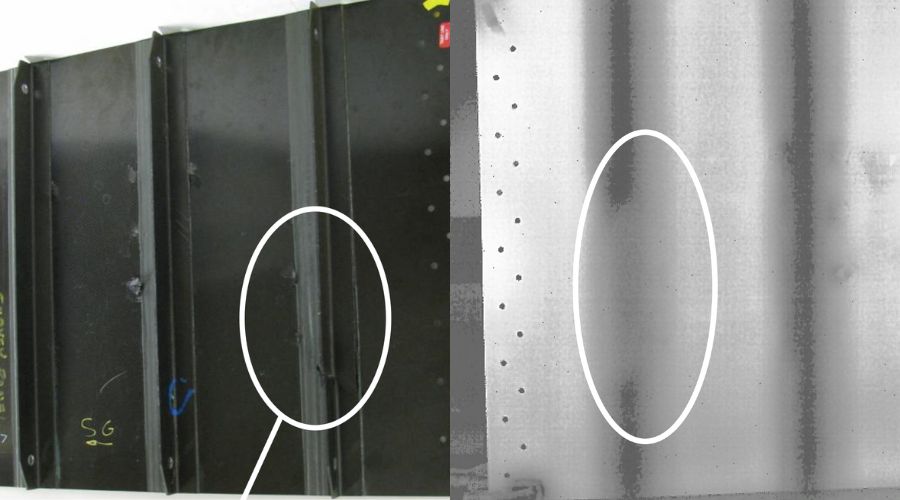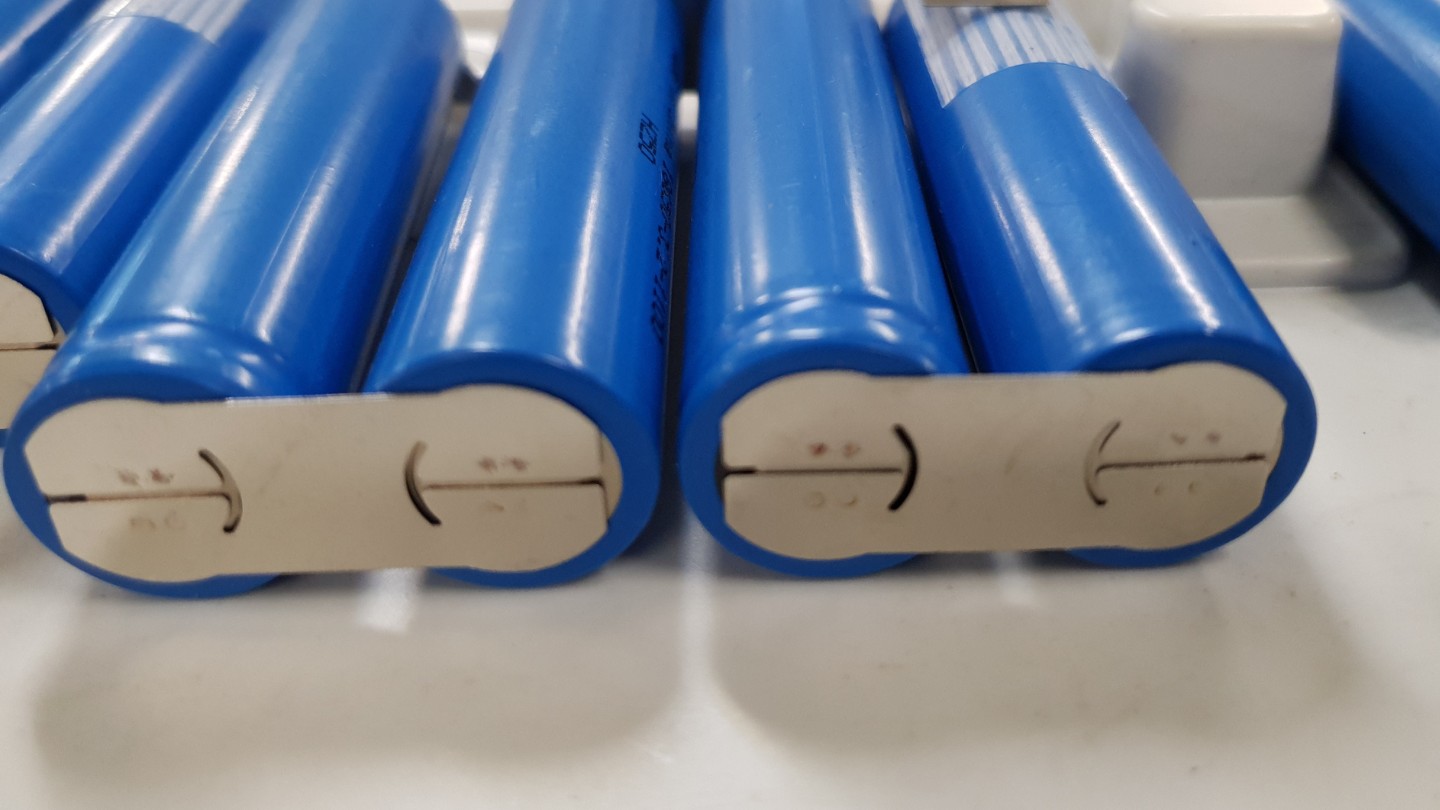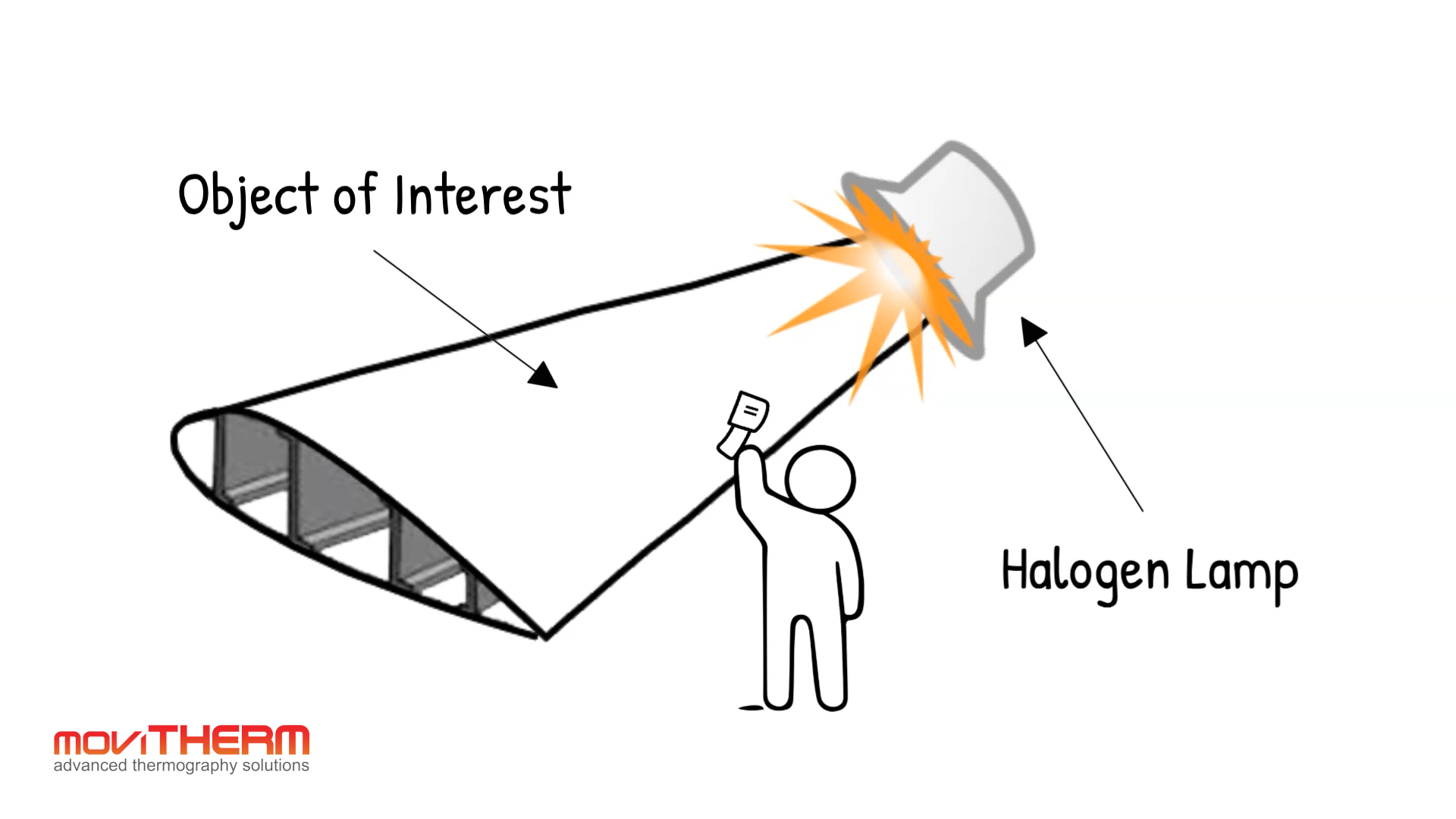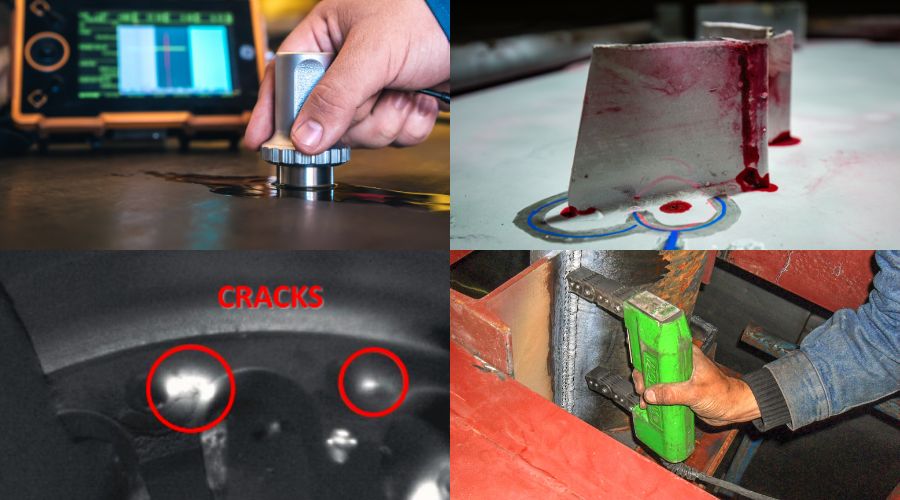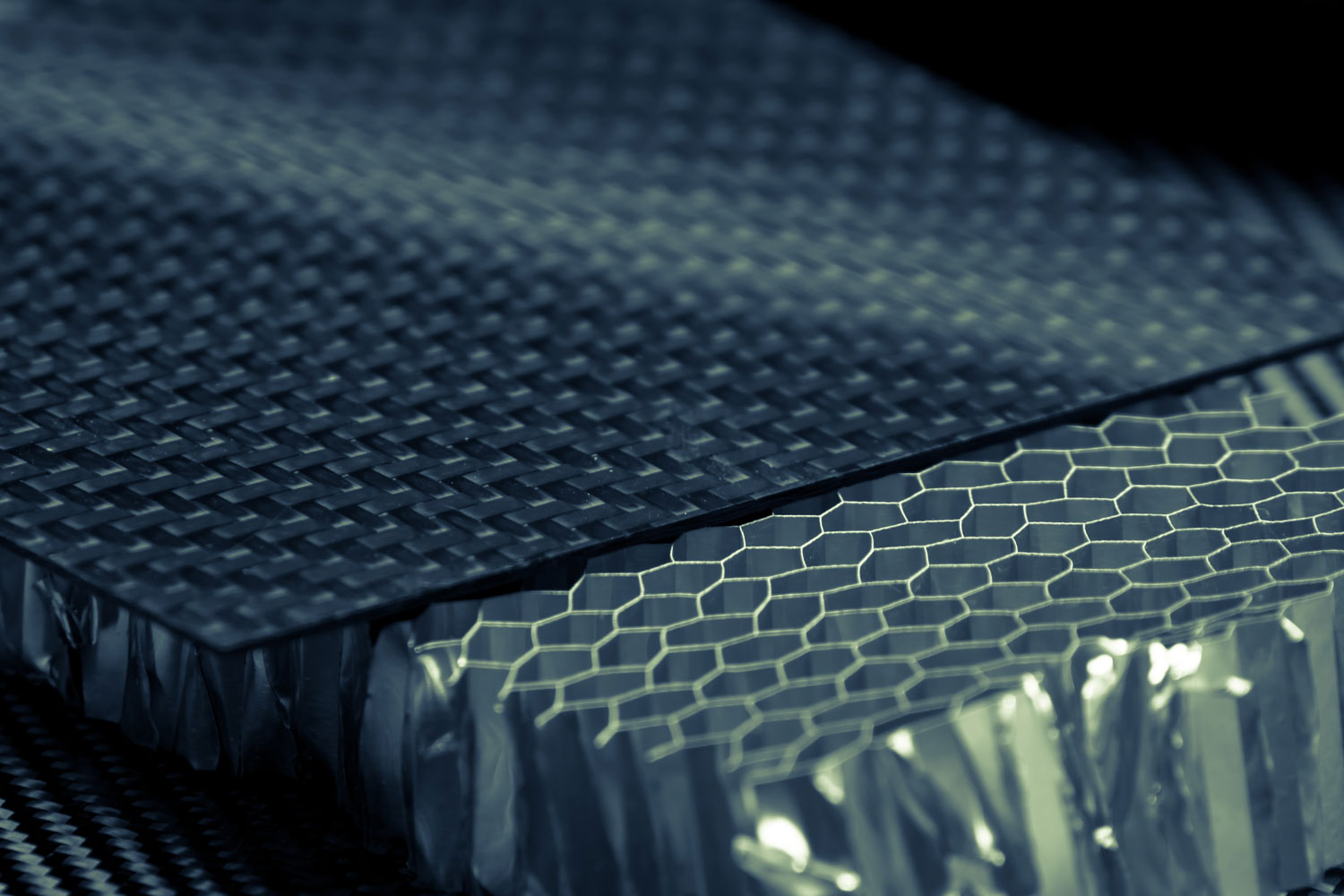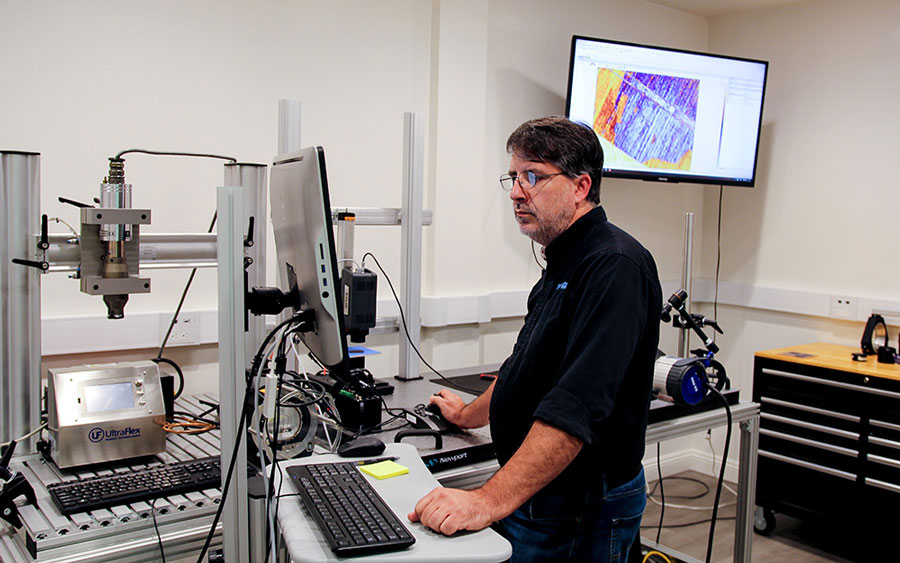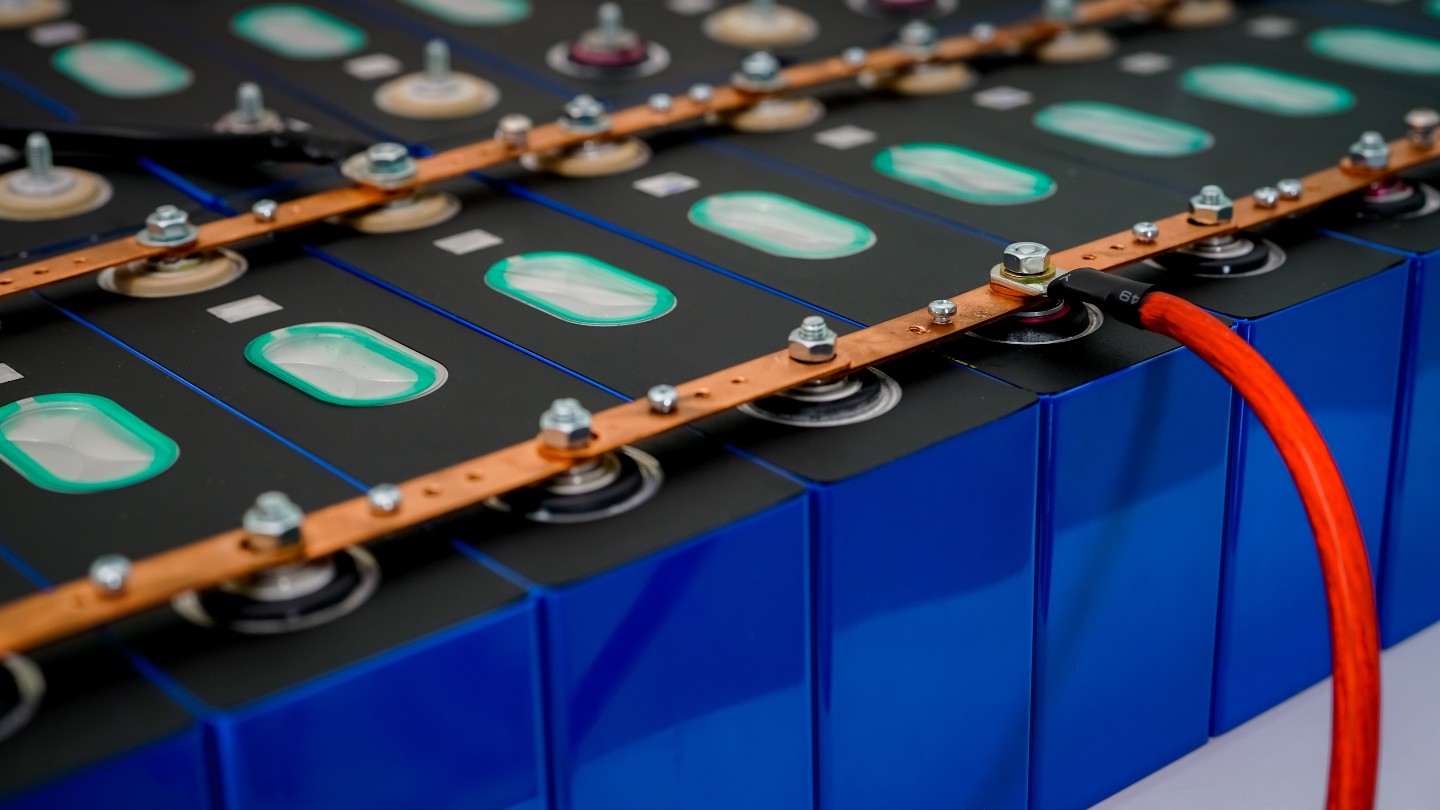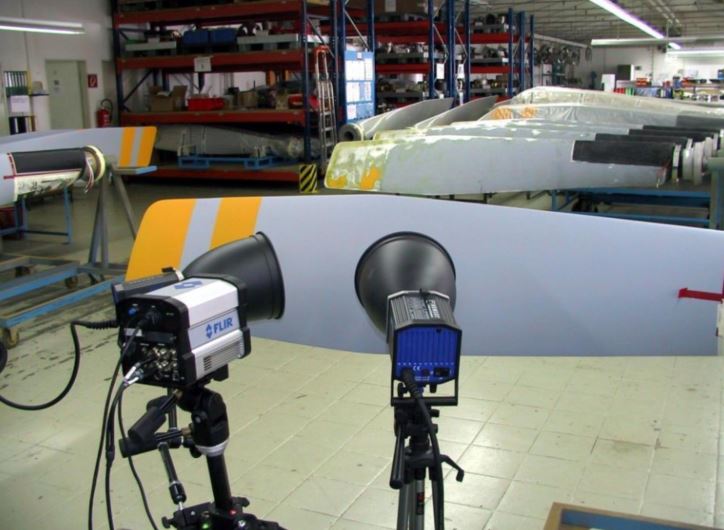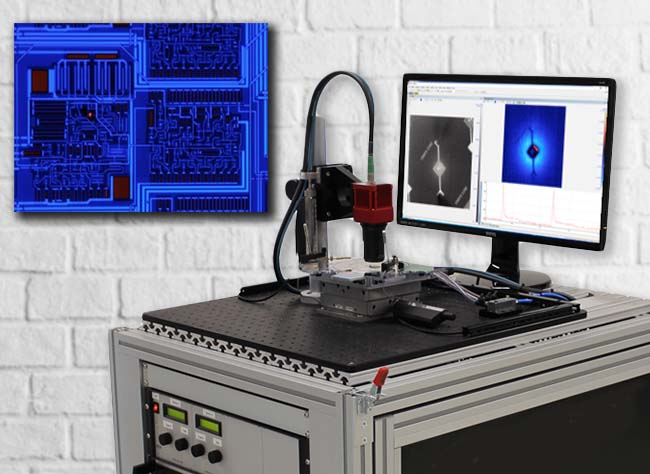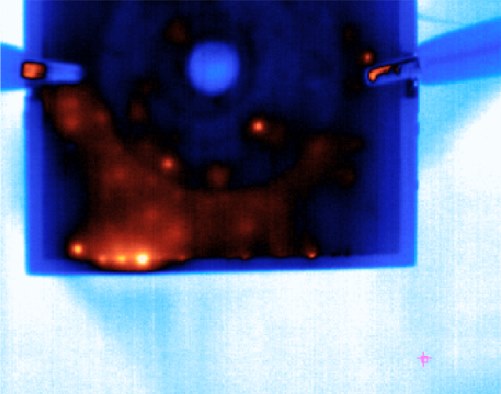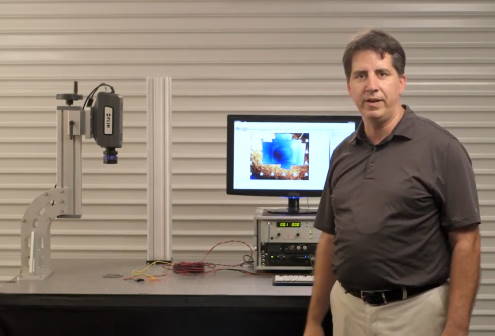Detecting Corrosion Under Paint with Flash Thermography
Corrosion under paint is a pervasive issue that affects various industries, leading to structural integrity problems and costly damage. Detecting corrosion early is essential for effective maintenance and prevention. Flash thermography, a non-destructive testing (NDT) technique, offers a reliable method for detecting corrosion hidden underneath paint layers.
This article explores the application of flash thermography in identifying hidden corrosion, discusses the causes and consequences of corrosion under paint, and explains the process of accelerated corrosion testing using saltwater spray. Additionally, we will clarify the difference between rust and corrosion.
Understanding Corrosion Under Paint
Corrosion is the deterioration of metals caused by electrochemical reactions with the surrounding environment. When metals are coated with paint, corrosion can occur beneath the paint layer, remaining unseen and challenging to detect.
Differentiating Rust and Corrosion
Rust is a specific type of corrosion that occurs when iron or steel reacts with oxygen and moisture, forming iron oxide (Fe2O3). Corrosion, on the other hand, is a broader term encompassing the deterioration of various metals due to chemical reactions with their environment. While rust is a common form of corrosion, other metals can corrode in different ways, depending on their composition and exposure conditions.
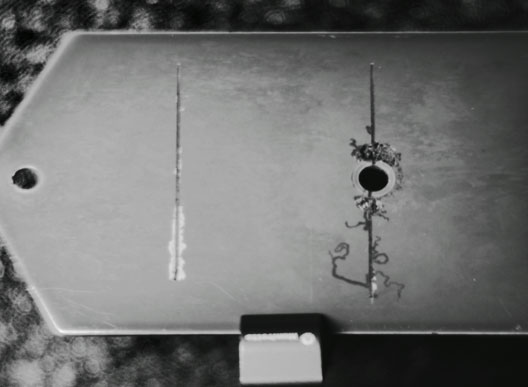
Thermal Image Result of Corrosion Under Paint
Causes and Consequences of Corrosion Under Paint
Corrosion under paint can result from factors such as moisture infiltration, exposure to corrosive gases or chemicals, and inadequate surface preparation before painting. Moisture plays a critical role in corrosion by facilitating the formation of electrolytes necessary for electrochemical reactions. Corrosion under paint compromises the structural integrity of metal components, leading to reduced performance, safety risks, and costly repairs or replacements.
Flash Thermography for Corrosion Detection
Flash thermography, an NDT technique, utilizes short-duration heat pulses to identify thermal anomalies associated with corrosion beneath paint. The process involves the following steps:
Heat Pulse Application
A high-intensity heat pulse is applied to the painted metal surface using a flash lamp or controlled heating source. The rapid heating induces thermal responses within the material.
Thermal Imaging and Analysis
An infrared camera captures the surface temperature response during and after the heat pulse. Areas with corrosion or delamination beneath the paint exhibit different thermal properties, resulting in distinct thermal patterns. Image processing algorithms and analysis techniques enhance the visibility and interpretation of these thermal anomalies.
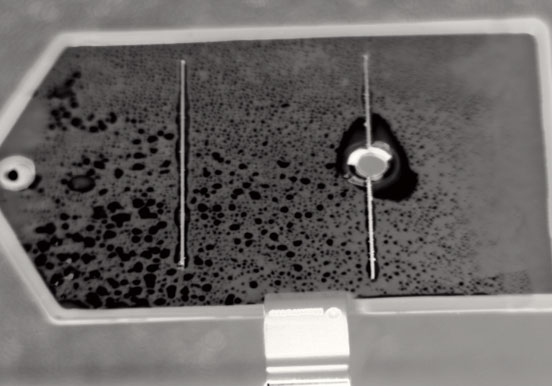
Flash Thermography Metal Sample with Corrosion
Identifying Corrosion
Thermal anomalies detected by flash thermography indicate potential areas of corrosion beneath the paint. These anomalies may manifest as localized temperature variations, irregular heat dissipation, or abnormal thermal gradients. The size, shape, and distribution of the thermal anomalies provide valuable information for evaluating the extent and severity of corrosion.
Accelerated Corrosion Testing with Salt Water Spray
To simulate and accelerate the effects of corrosion, companies often perform accelerated corrosion tests using salt water spray. This test involves the following steps:
Test Setup
Metal specimens or coated components are exposed to a controlled environment where a fine mist of salt water is continuously sprayed onto the surface. The salt water spray contains a high concentration of sodium chloride (NaCl) and other corrosive agents.
Corrosion Progression
The specimens are subjected to prolonged exposure to the salt water spray, simulating the corrosive conditions experienced in real-world environments over an extended period. This accelerated exposure speeds up the corrosion process, enabling quicker evaluation of material performance and coating durability.
Evaluation and Analysis
At regular intervals, the specimens are visually examined or assessed using NDT techniques like flash thermography to determine the extent of corrosion and detect any coating failures. The test results provide valuable data on the effectiveness of protective coatings and materials in preventing corrosion.
Conclusion
Flash thermography is a reliable method for detecting hidden corrosion beneath paint layers. By utilizing heat pulse excitation and analyzing the resulting thermal response, flash thermography enables the identification of concealed corrosion. It offers a valuable tool for industries to detect corrosion early and take preventive measures. Additionally, accelerated corrosion testing using salt water spray provides a means to assess the durability of coatings and materials in simulated corrosive environments.
Understanding the difference between rust and corrosion helps clarify the various forms of metal deterioration and highlights the importance of comprehensive corrosion detection and prevention strategies for maintaining the integrity of structures and equipment.
About MoviTHERM
MoviTHERM – Advanced Thermography Solutions was founded in 1999. The company offers solutions for plastic welding, package sealing, and non-destructive testing. In addition, MoviTHERM provides IoT Cloud monitoring solutions for thermal imaging applications for early fire detection, machine condition monitoring, and other applications. MoviTHERM is a Teledyne FLIR Premium Partner and master distributor for FLIR Thermal Cameras for automation and science applications.



